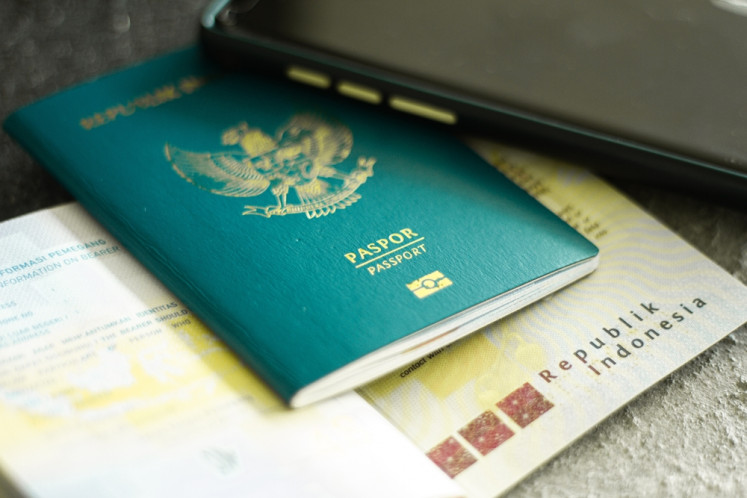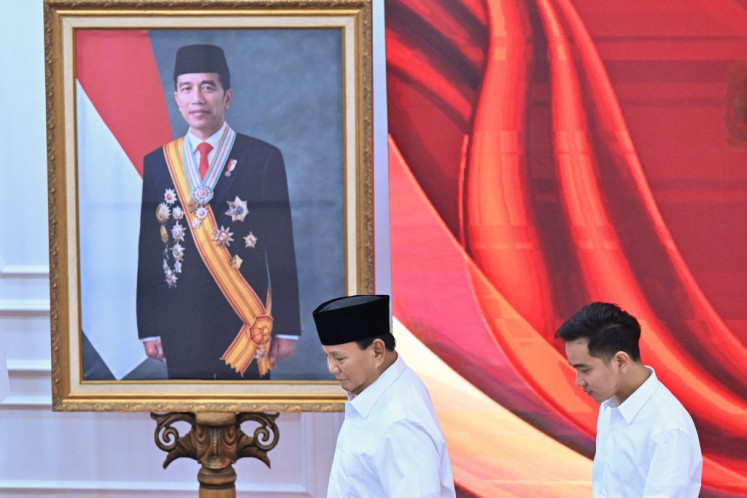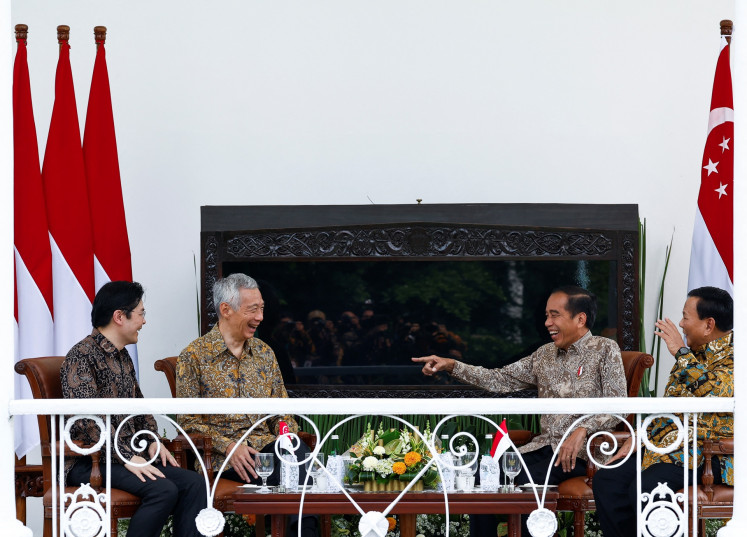From maggots to lime, RI to boost exports
One may never have thought about the possibility of maggots — something most people are repulsed by — becoming a potentially lucrative export commodity
Change Size

O
span>One may never have thought about the possibility of maggots — something most people are repulsed by — becoming a potentially lucrative export commodity.
Nevertheless, that was the case for West Java-based Biocycle Indonesia, which has been breeding maggots to be exported to Europe as ingredients for fish feed.
“This is the second year we have been exporting maggots to the Netherlands. They are sought after as they are high in protein, which is ideal for freshwater fish feed,” Biocycle corporate secretary Elza Mayang said in a recent event held by the Agriculture Ministry.
The company’s latest shipment comprised 7 tons of maggots worth up to US$4 per kilogram.
“We are not the first to introduce maggots as an ingredient for feed in Indonesia [...] but if they were sold here for the same purpose, their price would probably be Rp 7,000 [49 US cents] to Rp 12,000 per kg,” she said.
Maggots are among some of the less-expected agricultural exports the Agriculture Ministry has been trying to boost.
The head of the ministry’s Agriculture Quarantine Agency (Barantan), Ali Jamil, said farmers and businesses in general often overlooked various commodities simply because they did not know they had overseas demand.
“There is nothing new for us in exporting coffee beans or crude palm oil,” Ali said on the same occasion. “But recently, our farmers have been exporting more and more of the lesser-known commodities that we were not even aware of yet are sold well in other countries.”
In addition to maggots, Indonesia also exports lime, cabbage and ketapang leaves, the latter of which is being used as feed by betta fish breeders in Japan to make their fish more colorful and attractive.
“In Indonesia, those ketapang trees grow without a purpose and people just let their leaves fall to the ground. But if processed, these leaves could go for Rp 1 million per kg,” Ali said.
Data from Statistics Indonesia (BPS) shows that agriculture exports increased by 1.5 percent year-on-year (yoy) in the first quarter of 2019 to $79 million. In 2018, annual exports even declined by 6.4 percent yoy to $3.44 billion.
In order to benefit from other potential export commodities, the ministry launched in March the Indonesian Map of Agricultural Commodities Exports (I-MACE), a platform for regional governments to map out their potential agriculture commodities.
The I-MACE, said Ali, is expected to be fully operational by late May. It would offer details on not only each agriculture commodity but also which markets seek out the commodity the most and demand patterns for each commodity at a given year.
“We expect this to help regional authorities advise investors on which agriculture sector are the most promising, so the latter will already have information on crops, markets and the annual export cycle,” he added.
Investments in the agriculture sector have become more attractive as shown by Coordinating Investment Board (BKPM) data. In 2018, investments for the food crop, plantation and livestock sector reached Rp 31.2 trillion compared to Rp 22.05 trillion in 2017.
Therefore, Ali encouraged farmers to explore more potential commodities and cultivate them as well as process them into something with more added value, even if the products never amounted to the huge sales of palm oil or Indonesia’s other prominent exports.
“We are optimistic about achieving double-digit export growth with year [...] We have done so many things to accelerate all these exports,” he said.
According to Purwo Widiarto, head of the Agriculture Quarantine’s Tanjung Priok branch in Jakarta, the frequency of agricultural exports shipped from his office had increased 8 percent yoy to 12,700.
“In 2018, we oversaw the shipments of less popular export commodities like mangosteen, dracaena and areca nut seeds,” said Purwo, adding that shipments from that year amounted to Rp 3 trillion.
Meanwhile, as of Saturday, the year-to-date agricultural exports from Tanjung Priok had reached Rp 980.5 billion involving various destinations, including Mexico, Ukraine, Ecuador, Australia, the United States and Thailand.









